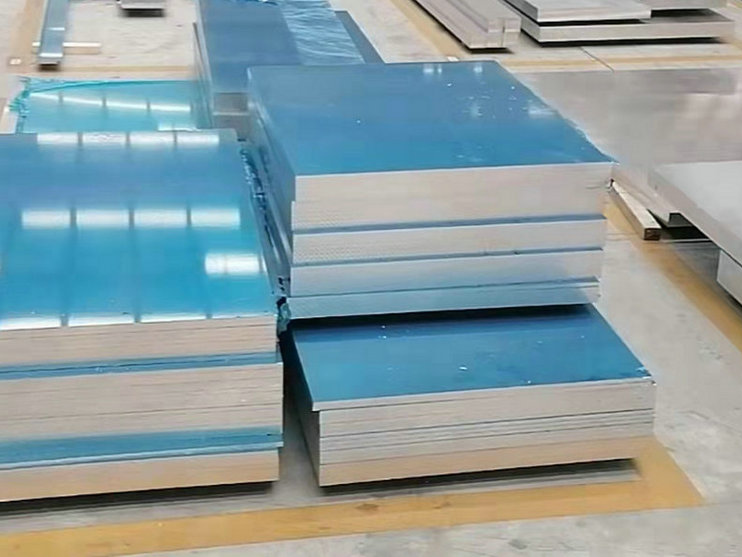
There are a wide variety of aluminium sheet, plate and foil sizes sold around the world. Generally speaking, any aluminium panel between about 0.2mm to 6.5mm thick is usually considered an aluminium sheet, whereas thinner gauge products than this would typically be classified and sold as foils. Thicker gauges than 6.5mm (roughly a quarter of an inch) are most often referred to as aluminium plates.
The right choice for a given application will depend entirely on the degree of flexibility/rigidity required for the sheet to perform its intended function.
Some of the more commonly used aluminium sheet thicknesses are as follows:
Thickness (mm) |
Gauge Number |
Common Uses |
|---|---|---|
1mm |
19 |
Light cladding or panelling, particularly when used in the construction of aluminium composite or sandwich board |
3mm |
11 |
Often found on slightly thicker panels, such as interior wall coverings or perforated privacy screens |
5mm |
6 |
5mm aluminium sheet is at the upper end, thickness-wise, of what would still generally be referred to as a sheet rather than a plate |
6mm |
4 |
Often selected for walkways and floor coverings intended for use in high-traffic areas, particularly when sold as chequered or durbar plates |
10mm |
0000 |
Thicknesses of 10mm and above are often manufactured to 6082 alloy specifications, making it suitable for more robust applications such as: - Heavy-duty or military environments - Panels for heavy machinery and large-scale transport - Skips, construction and industrial waste management - Larger sterile and food-grade containers for the agricultural and production sectors |

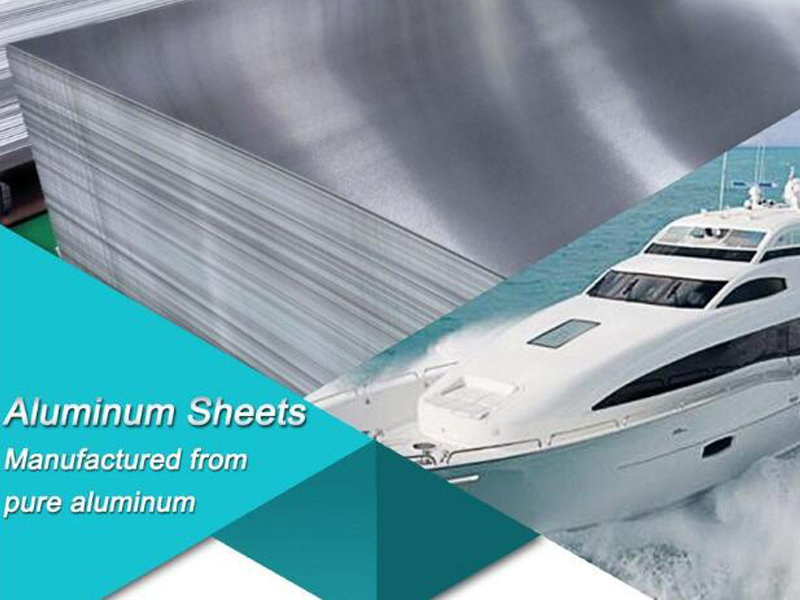
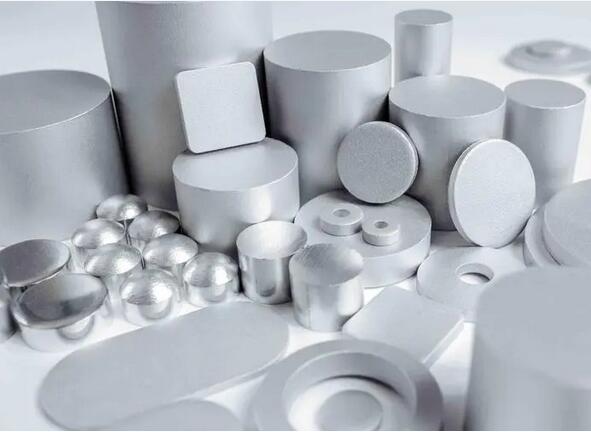
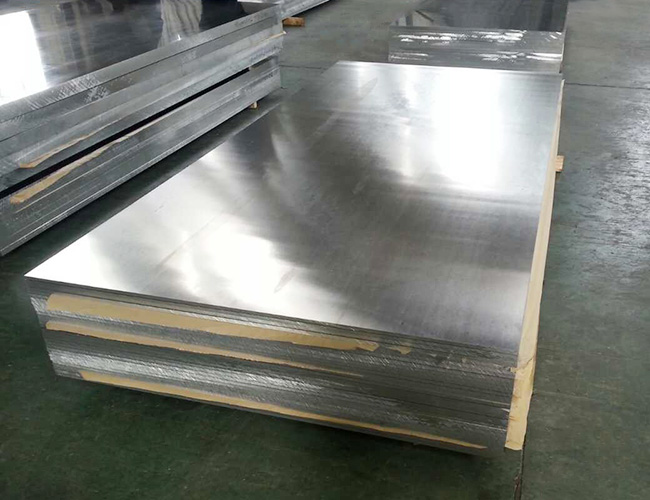
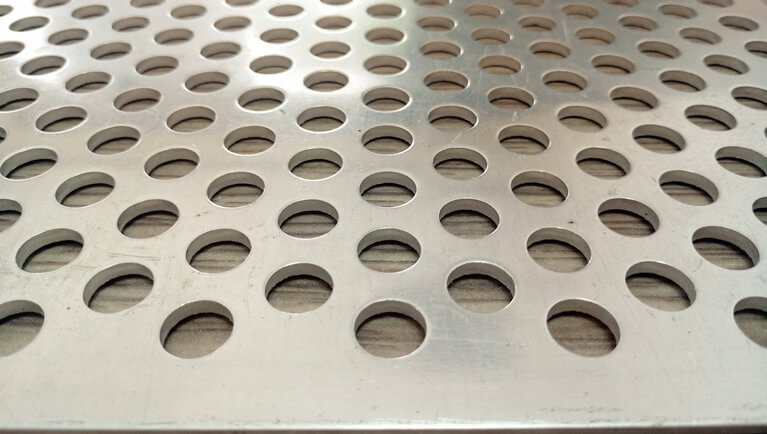
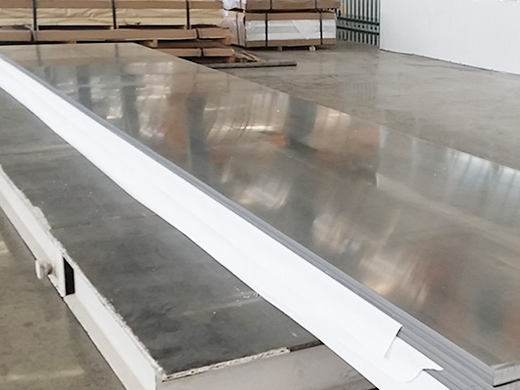
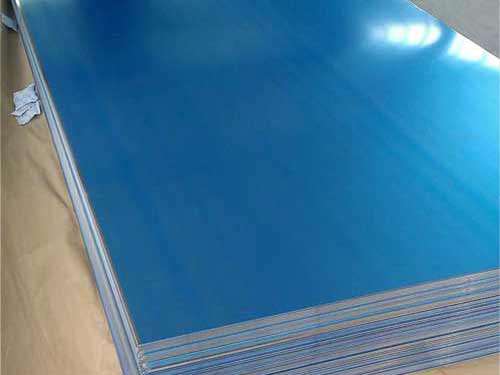
Related Comments